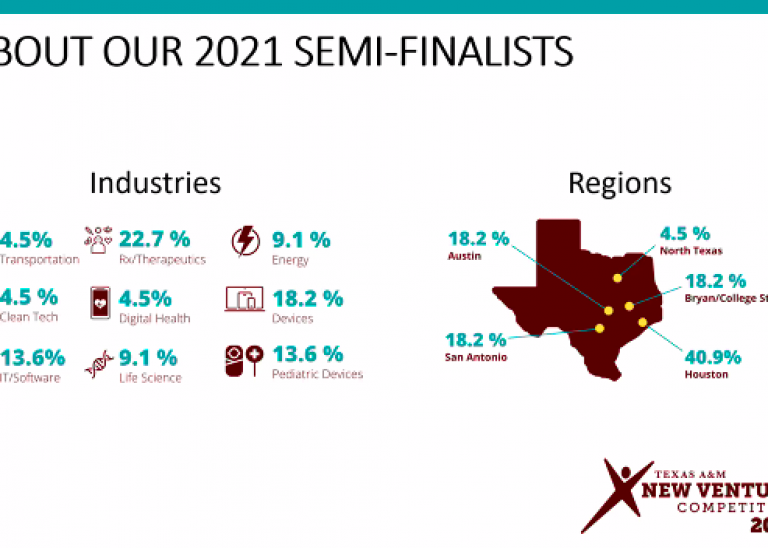We all know that technology has changed the way we work, but it’s also changing the physical landscape of work. Shared and co-working offices are no longer found just at the funky fringe, and urban centers are becoming more connected than ever. Some cities are capitalizing on this shift with “innovation districts”: a model that encourages multiple organizations to form a hub for innovation and collaboration.
Universities, corporations, and startups all stand to benefit from this new approach to work and urban planning.
How can a startup, university or corporation join a great innovation district and help make their innovation district successful?

Technology Innovation Districts
An innovation district is a zone within a city that is home to a cluster of related entities: co-working and incubators, startups, academic institutions, industry, and government offices.
Startups and corporations take note: innovation districts are becoming popular in urban planning circles. Some city governments or anchor organizations, like universities, are looking to attract young companies to get districts started quickly. For companies, districts can be a boon for networking and relationship building. For cities, innovation districts can spark economic growth and diversification – and even improve quality of life for workers.
These districts are popping up around the world in cities that want to achieve better synchronicity between work and their citizens’ daily lives. They are meant to bring housing, public transportation, the arts, and commerce closer together. The idea is that physical proximity is key to building new relationships: research says that successful innovation districts usually feature no more than a ten-minute walk between two points within the district.
Measuring the Impact of Innovation Districts
Cities realize that there’s huge value in helping startups and corporations make the right connections at the right time. In a way, we see seed as a virtual innovation district, where companies can form strategic relationships and bring new technology to market. That’s why we’re following the innovation district trend closely as it plays out in cities around the world.
The work of Julie Wagner, with the Brookings Institution’s Centennial Scholar Initiative, is an excellent resource on the innovation district trend. Wagner and her team determined the 5 key components are required to develop an attractive, sustainable and economically viable innovation district.
1.) Critical Mass
Much of the success of an innovation district has to do with the diversity and density of a site’s assets. Even though co-working is even becoming popular in the suburbs, a metropolitan area might be the better choice for an innovation district, since density is higher and interactions between groups are easier to facilitate. Wagner cites Oklahoma City as an example of a city with sufficient density in its downtown district. Density of population and employment increase the chances for a district’s successful launch and growth.
2.) Competitive Advantage
Another key factor is the future district’s competitive advantage, the building blocks of which typically relate to knowledge creation – particularly emerging technologies. Recognition for achievement in specific fields, e.g., within life science, software development, or rapid manufacturing, can be an important driver of growth. The ability to commercialize new knowledge is a key test of a district’s strengths.
3.) Quality of Place
How is the quality of life in the district? Does the culture of the district attract more assets to the surrounding community? If you want to gauge whether a district fits the bill, check out the Bass Initiative’s research on the qualities of great places.
4.) Diversity & Inclusion
Innovation districts build upon an existing population zone, and it is essential to engage with the residents who pre-date the district. While potential economic opportunity is attractive, it needs to be introduced thoughtfully and inclusively. Strong local buy-in can foster new commercial relationships with merchants and service providers, enriching the whole ecosystem.
5.) Culture & Collaboration
Ultimately, innovation districts are all about culture and collaboration. To work well, a district must be a multi-dimensional place where people can find each other easily and build things together – such as new technology, businesses, events, or a cultural landscape. Productive innovation districts encourage workers to learn outside their immediate circles and work across disciplines.
When all five of Wagner’s criteria are met, innovation districts facilitate networking, ingenuity and relationship-building. Even with favorable conditions and the right mix of assets, innovation districts need to be nurtured by the organizations that occupy them and by their host cities. (Read what one writer had to say about the bustling Seaport innovation district in Boston.)
It may be a challenge to form a successful district, but the rewards seem to be worth the effort. Startups, research universities, and industry are all positioned to benefit from the rise of innovation districts – and today, more and more of them are making the leap.
is a platform that connects corporations to new technologies and startups – like an innovation district you can access from anywhere in the world. Create a free profile or request a demo today.



